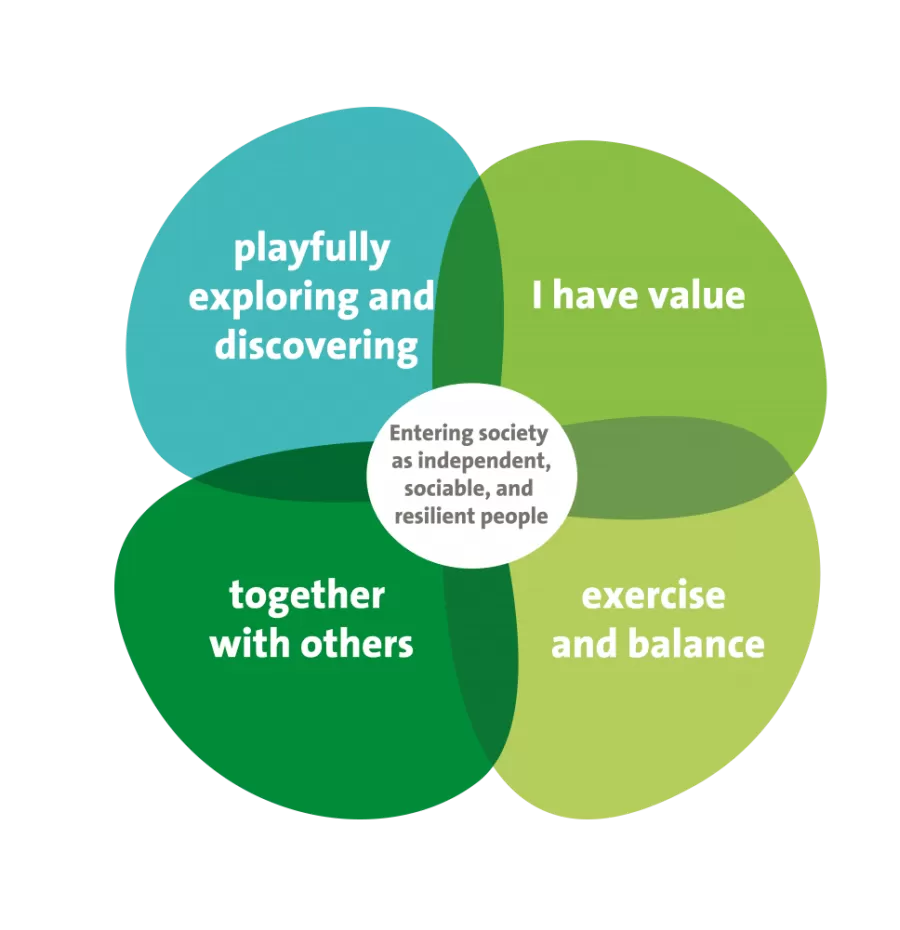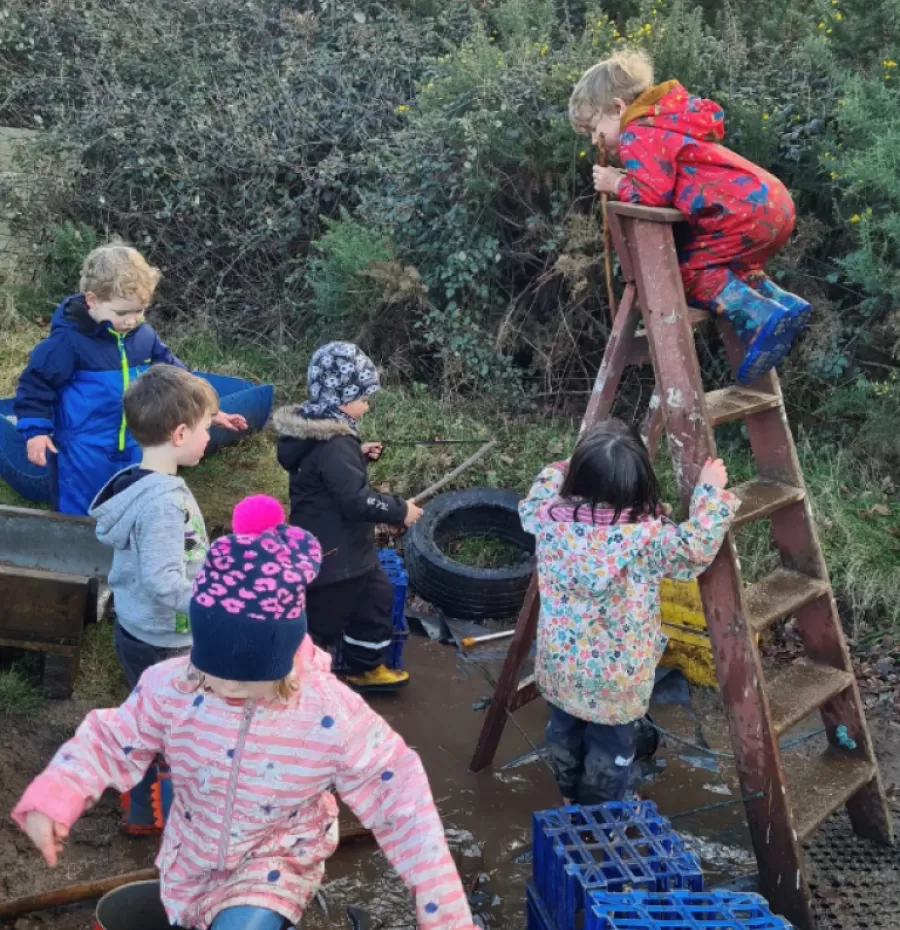
Page content


Vormen van risicovol spel
Learning experience
Risky play may sound scary or dangerous, but it’s actually extremely good for children's development. Did you know that you can prevent long-term injuries by letting children take risks at an early age?
When children dare to take on challenges and learn to push boundaries, they’ll become more motorically skilled, self-confident and self-reliant. They learn to overcome fears and develop perseverance.
Furthermore, children learn to assess risks better if they come up with their own solution to a challenge. By learning from their own mistakes, children are less likely to make the same mistake in the future.
And if an attempt does succeed, this will give an enormous boost to a child's self-confidence.
So, let your child romp, bump, climb high and run. If this results in a bump or graze, it’ll be a great learning experience!